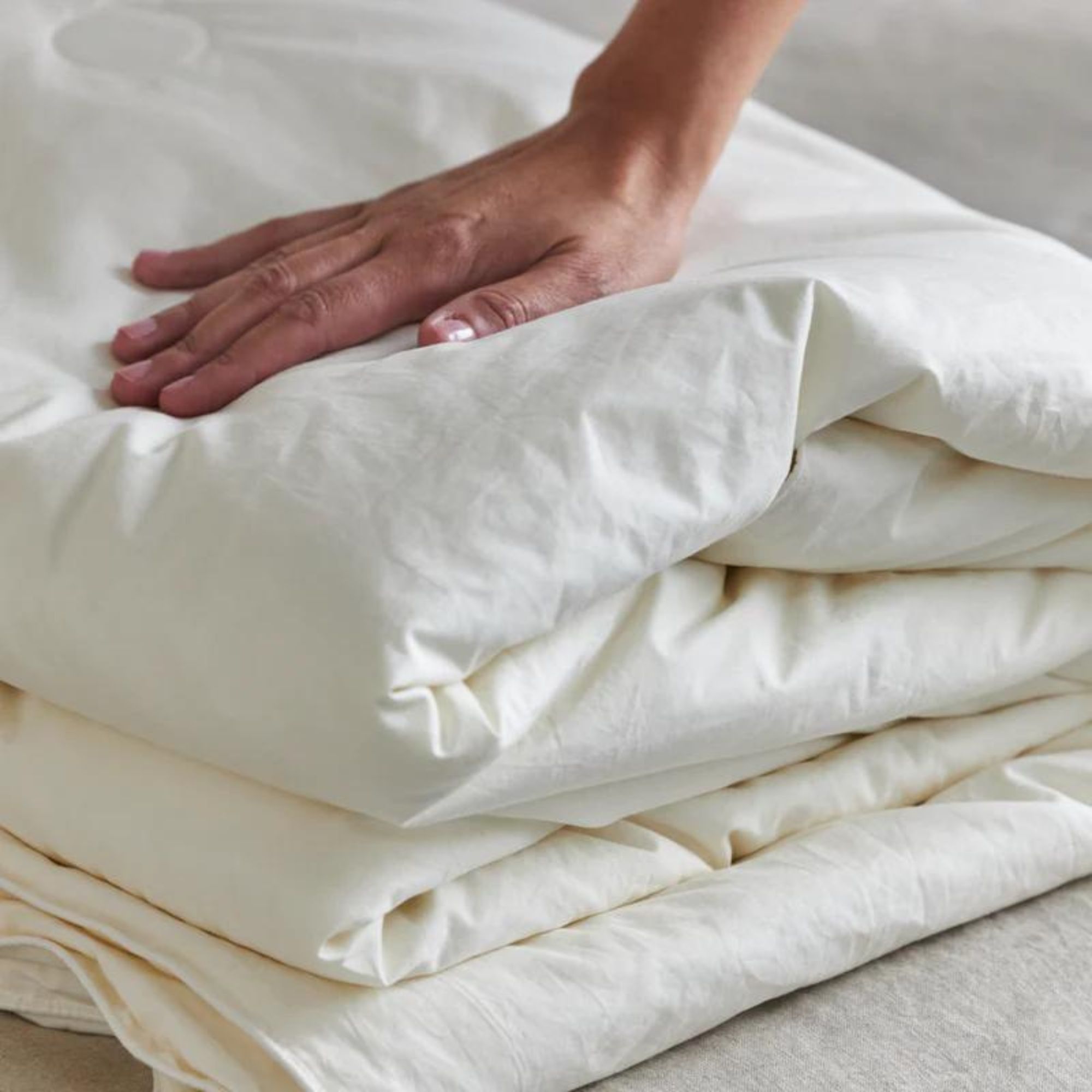What duvet tog do I need? A sleep editor investigates
Whether you sleep hot or cold, in summer or winter, in a warm or cool climate, I've found the right duvet tog for you
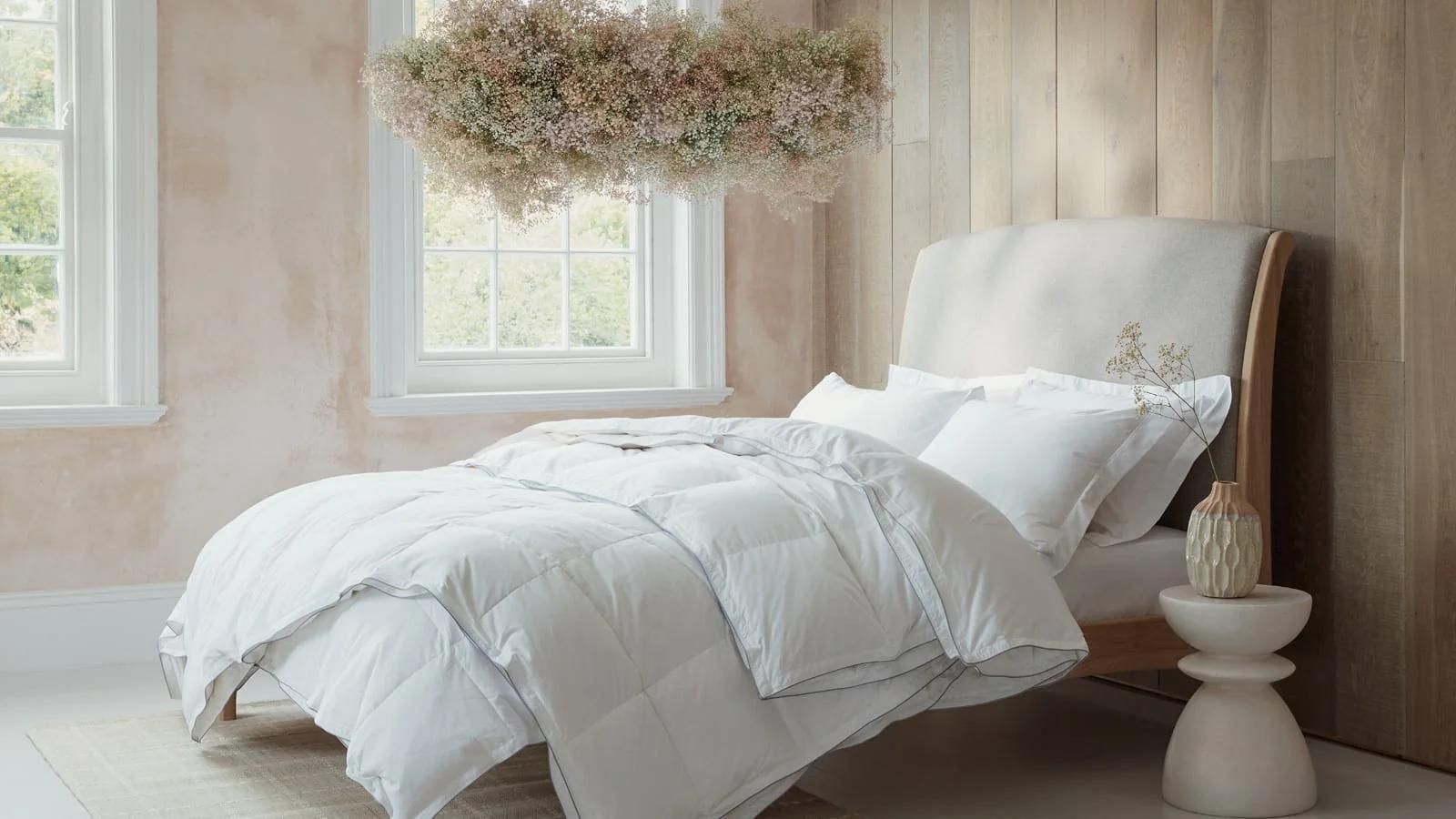

If you're browsing for bedding, you might have come across the term 'duvet tog'. Perhaps you've spotted the words on a care tag or scrolled past them online without totally understanding what they mean.
'Tog' is a number between 1 and 15 that indicates a duvet's capacity to retain heat: the higher the tog, the warmer the duvet. British bedding brands often refer to duvet tog ratings, though the numbers tend to be used interchangeably with terms, such as 'winter', 'summer', and 'all-season'. For the uninitiated, it can be difficult to know where to start.
That's where I come in. As H&G's resident sleep writer, it's my job to break down the bedding buzzwords and help you find the tog that suits you. I've consulted sleep scientists and bedding experts, each of whom has helped me pick the best duvet inserts with the optimum tog to suit each sort of climate and style of sleeper.
What does 'tog' mean?
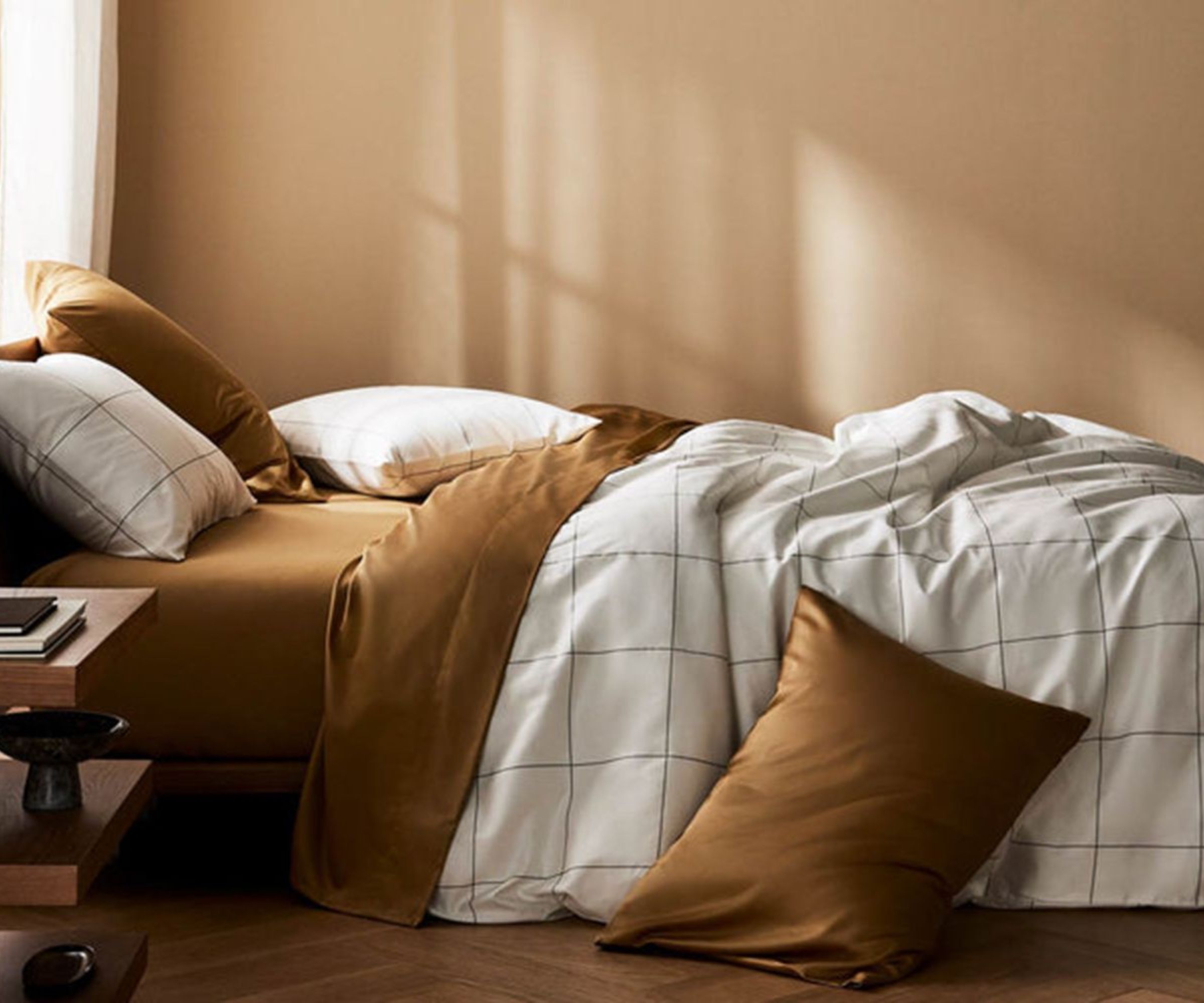
'Tog' stands for 'Thermal Overall Grade', which is measured on a relative scale between 1 and 15. A higher tog rating indicates a warmer duvet, which retains more heat, while a cooler duvet comes with a lower tog rating.
When choosing a duvet tog, there are a few factors to consider: the outdoor temperature, or the typical weather patterns in your region; the indoor temperature, or the warmth of your bedroom. You can make these measurements by checking your thermostat or your weather app.
Next, you should consider your own internal temperature. This is simpler than it sounds. Just stop and think about how you sleep − whether you tend to wake up feeling warm or cool, and if you ever suffer from night sweats or hot flashes.
When you combine these readings, you should get a good indication of what sort of duvet tog would suit your sleep needs. Cool sleepers who sleep in a warm bedroom might only need a mid-weight duvet, between 7 and 11 tog, while cool sleepers who live in colder climates might be better served by an ultra-warm duvet, with a tog rating of 13 or more.
What tog is best for cool sleepers and cold climates?
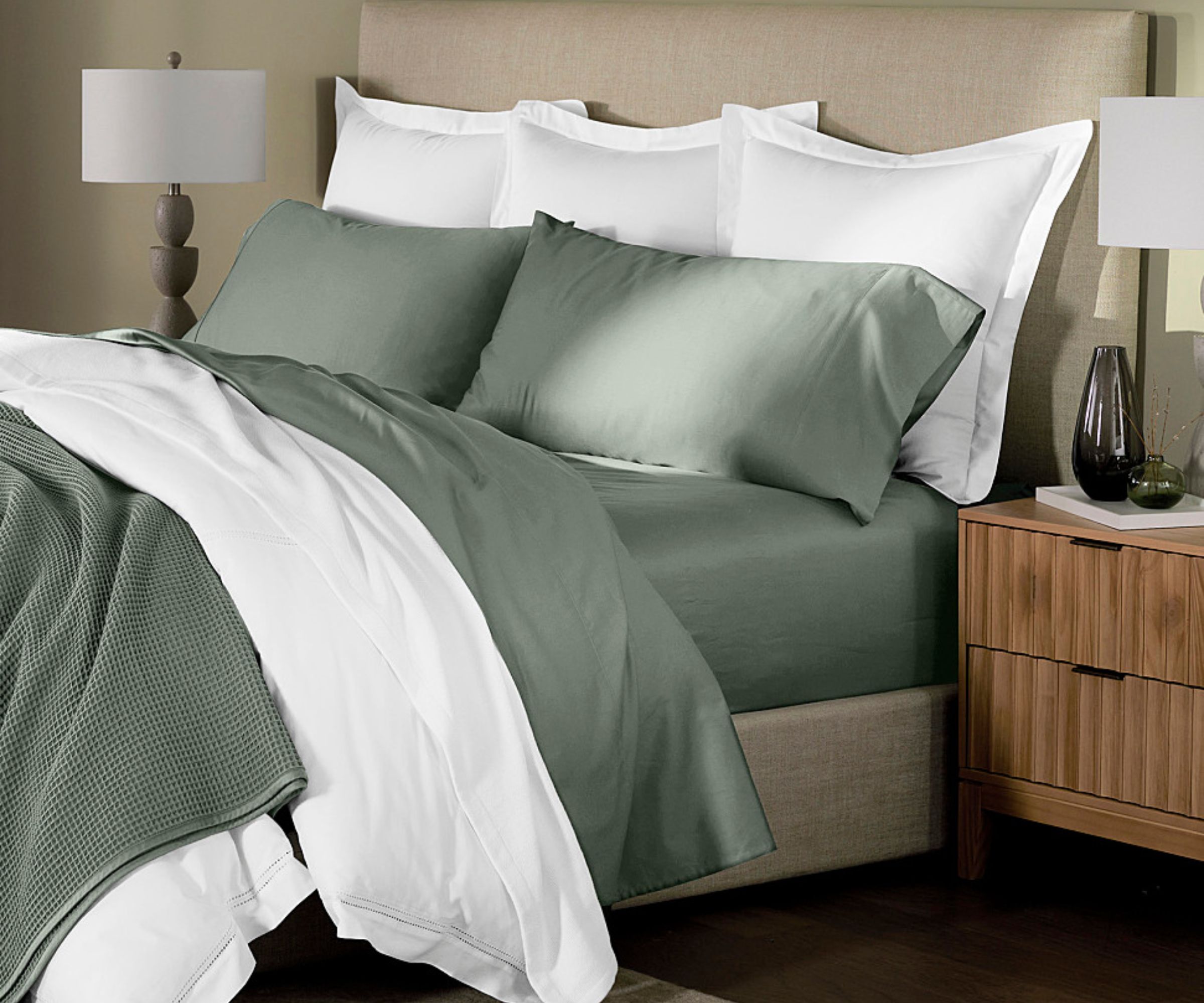
If you tend to sleep cool, but you want to keep cozy in the colder months, you should shop for a duvet with a high tog rating, somewhere between 7 and 13.
Not every bedding brand talks in terms of tog. On some sites you might need to let go of the numbers and scour the specifications for duvet materials and features that denote top tog. Bedding expert Fabio Perrotta offers a few pointers.
Fabio recommends 'duvets with more insulation and thicker materials to provide the necessary warmth in cooler temperatures. Materials such as goose down, prized for its excellent insulation, provide warmth without excessive weight. Duck down is a slightly more budget-friendly option with similar insulating capabilities'. If you want a duvet that feels warm and looks good, you should shop for 'duvets that blend down with feathers, which offer a balance of insulation and loft'.
Cold sleepers who suffer from allergies, or only purchase vegan products, might want to avoid down duvets entirely. In that case, Fabio thinks that 'advanced materials, such as high-loft polyester, can mimic the warmth of natural down. Plus, they're hypoallergenic, so they're suitable for sensitive sleepers'. For really cold sleepers, Fabio suggests supplementing your cozy comforter with a heated mattress pad to warm you from all sides. While you might not have one lying around, you can pick up a heated mattress pad for less than $70 when you shop at Amazon.

Fabio leads the buying team at one of the world's best loved bed retailers. Fabio works in partnership with the team at Tempur to supply sleepers with the very best bedding to suit the style of their bedroom and size of their budget.
The best warm comforters don't just have a high tog. They might be moisture-wicking to stop night sweats or antimicrobial to bust the bacteria that breed in hot, damp environments, such as bedrooms.
I've assembled a few of my favorite winter duvets to suit every style of bedroom and size of budget. Each piece boasts a high tog rating, somewhere between 7 and 15, to keep you warm in cold snaps and winter weather.

This ultraweight layer is the best duvet insert, bar none, and it's especially suitable for cold sleepers living in cooler climates. This duvet is filled with real down, ethically sourced from American farms, so that you can sleep easy.
What tog is best for hot sleepers and warm climates?
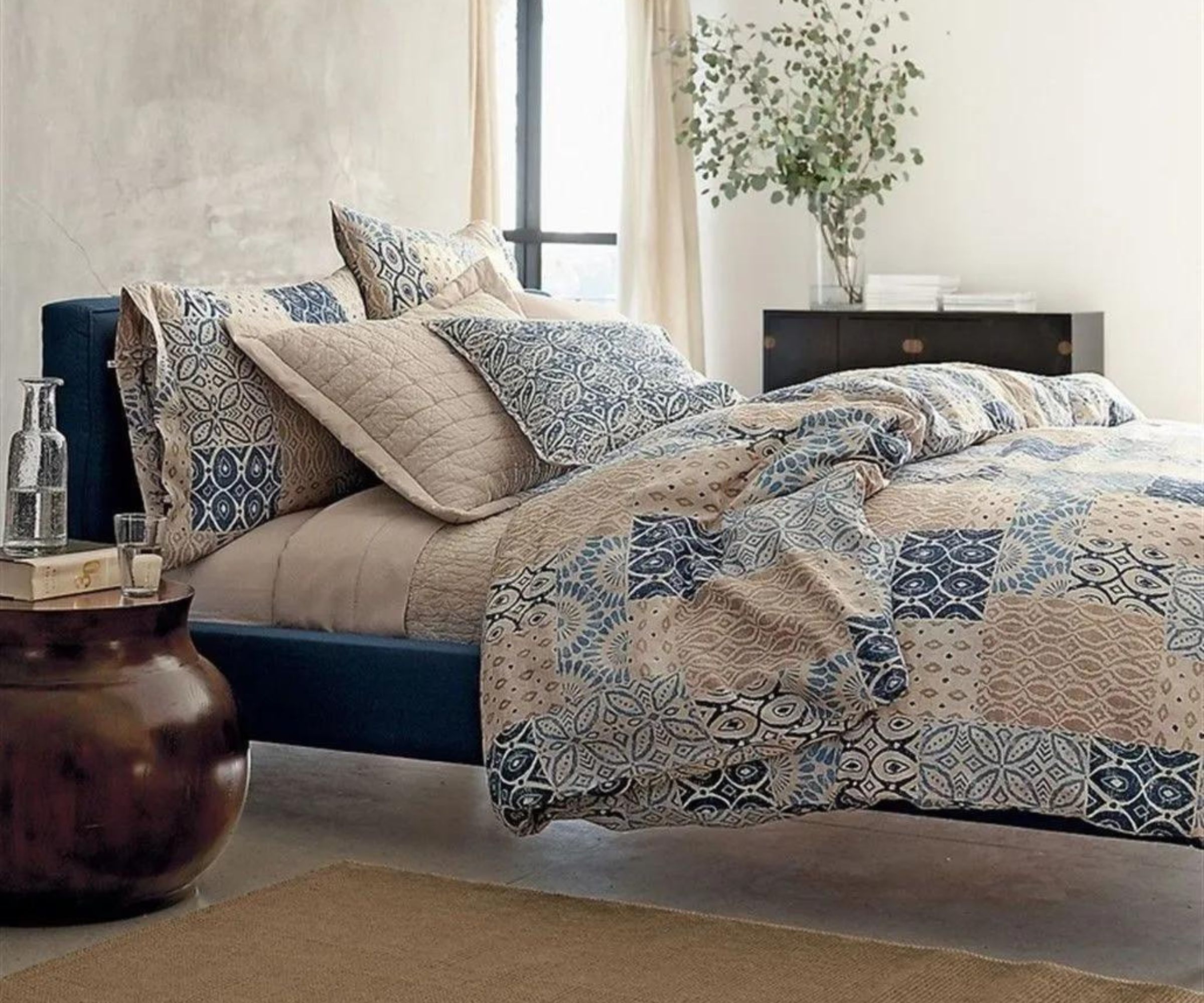
If you sleep hot, or you suffer from night sweats and hot flashes, you might be tempted to do without a duvet. Such thick layers of foam and feathers can leave you sweltering in your own sweat, especially in the warmer weather.
Hot sleepers who still like a layer should stick to summer duvets with a lower tog. Parima Ijaz, founder of luxury bedding brand Pure Parima, recommends a tog rating around '3 or 4 for warm climates and hot sleepers'.
Even after you invest in a summer duvet, you can still take further steps towards cooler sleep. Parima suggests 'pairing the low tog duvet with a percale duvet cover, which is known to boost breathability'. A cotton percale duvet cover should keep you cool for a small extra cost. You could shop a whole set of luxury percale bedding, from the sheets to the shams, for less than $100 at The White Company.

When she was just 24 years old, Parima founded her own luxury bedding brand, Pure Parima, to ensure all sleepers could access luxury, authenticity, and softness. Pure Parima has been featured in CNN Underscored, Cosmopolitan, Stylecaster and many other publications.
The best cooling comforters don't come cheap. If you live in a temperate climate, where warm spells and heatwaves soon pass, you might not want to waste your money on a special summer duvet.
In that case, you might want to invest in an adjustable duvet, instead. These duvets are comprised of one thick base and a few thin layers, connected by snaps. You can pull apart the pieces and sleep under a lighter layer in the summer months and button back together as the weather starts to turn.
These are a few of my favorite summer duvets. Some incorporate temperature-regulating technology, while others are wrapped in cooling cotton shells. Each of them should keep you just the right side of cool and dry.
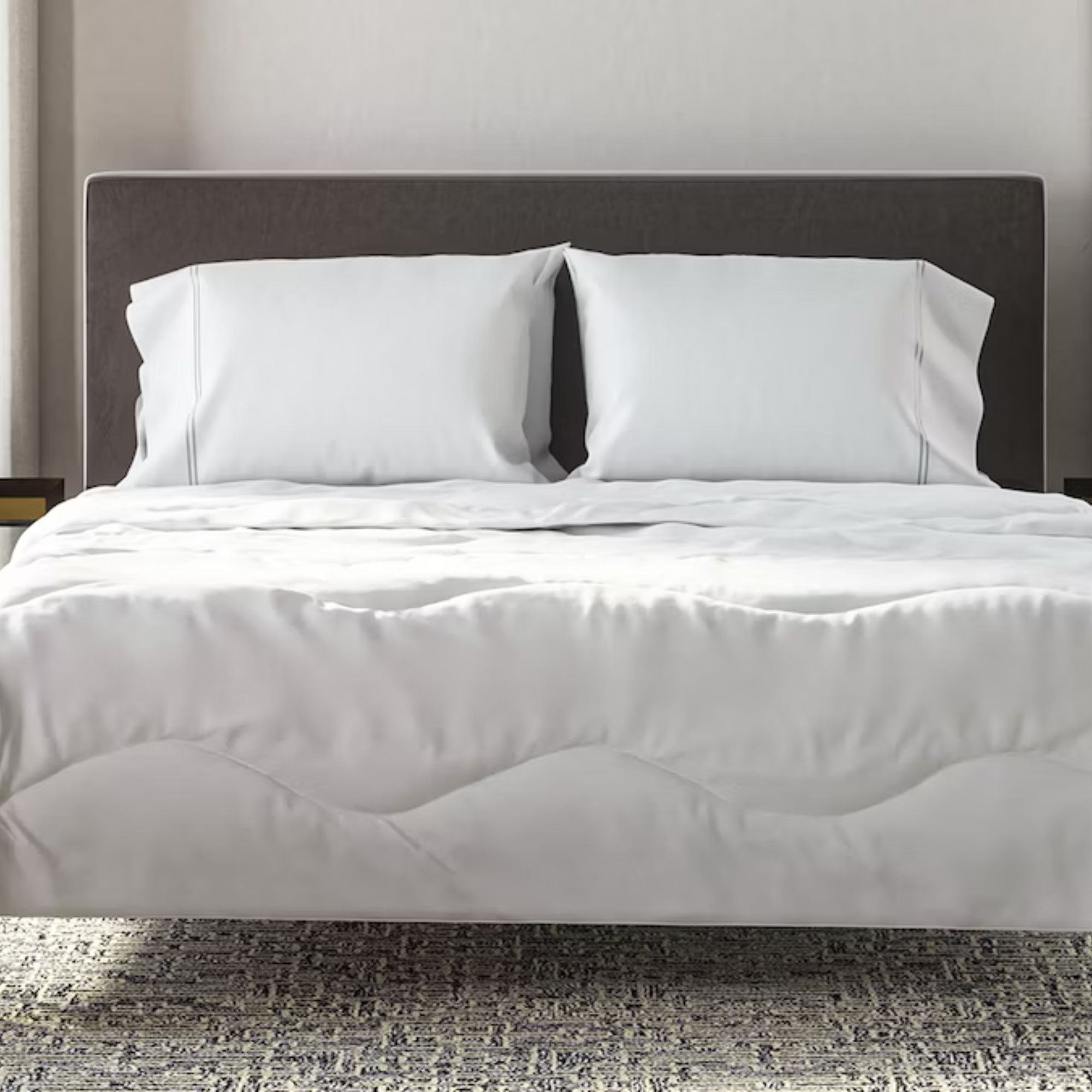
This lightweight layer is filled with moisture-wicking lyocell, which works all night to stop those sweats. It's wrapped in a cotton shell for enhanced breathability.
What tog duvet do I need FAQs
Which tog duvet is best?
If you tend to sleep hot or you live in a warm climate, you should look for a lighter duvet with a tog rating between 1 and 4. Cold sleepers, or anyone who lives in a cooler climate, would appreciate a thicker duvet with a tog rating between 7 and 13.
If you think you're somewhere in the middle, and you live in a temperate climate, you might be better off with an all-season duvet. A tog rating around 10 or 11 indicates a duvet that's thick enough to keep you warm in winter, but not so thick that you should overheat in the summer.
If you just can't make your mind up, you could always opt for an adjustable duvet, which comprises multiple layers connected by snaps. Simply pull apart the layers when it's warm out and put them back together when the weather turns.
Which tog duvet is best for winter?
Somewhere between 10 and 15 tog is best for winter. Any tog between 10.5 and 12.5 should be suitable for the colder months, and could transition with you from fall to winter, or from winter to spring. I'd only recommend a duvet with a 13+ tog rating for seriously cool sleepers and cold climates. Unless it snows a lot in your region, or you live in a house with poor insulation, you could probably get away with a lighter layer.
Our verdict
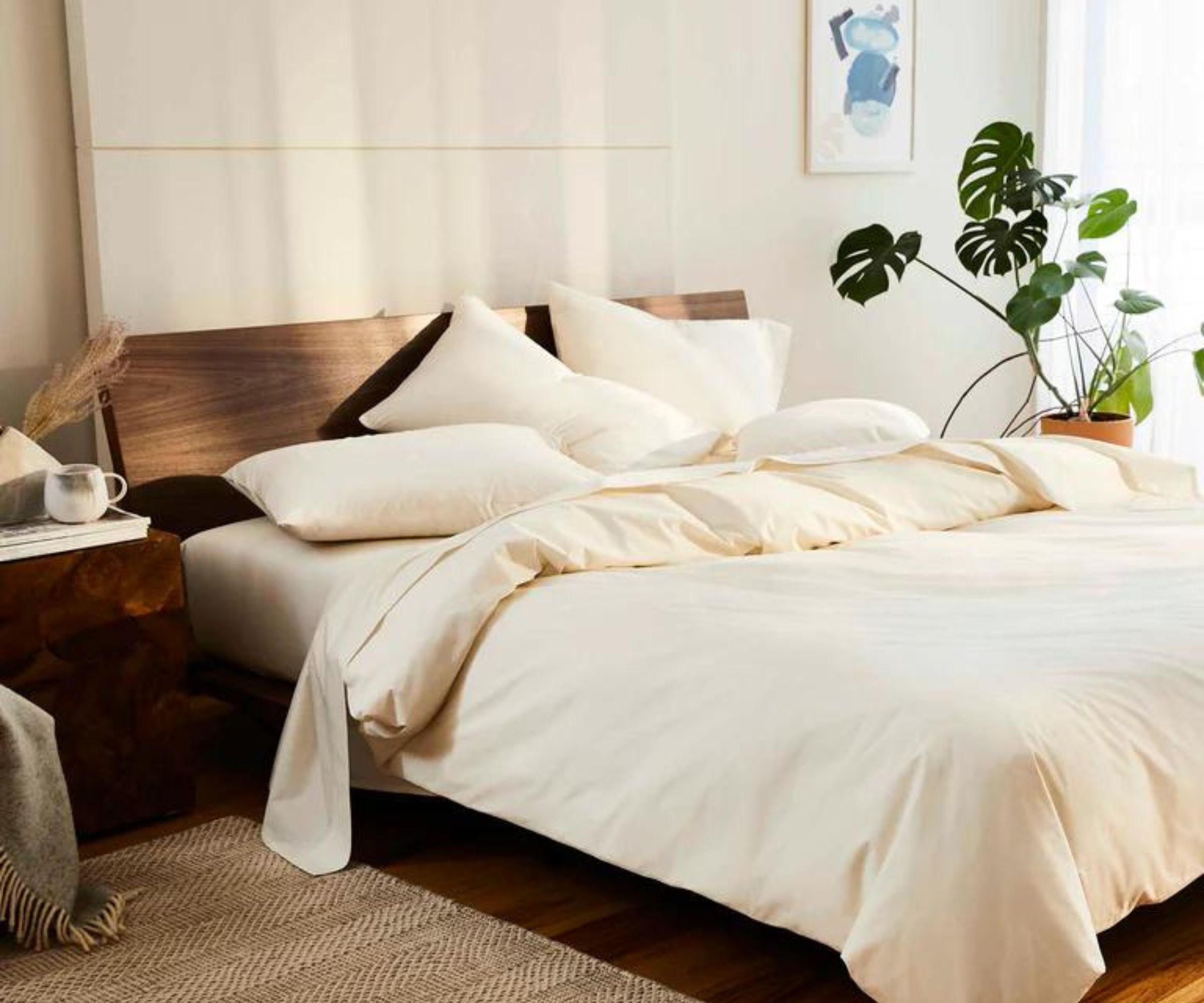
What duvet togs you need is partly a matter of personal preference, but more of a matter of sleep style and weather patterns. Anyone who sleeps hot or lives in a warmer climate should stick to lower togs, between 3 and 7, while cool sleepers living in colder climates should consider duvet togs between 7 and 13. Only in the harshest winter or hottest heatwave would you want a tog above 13 or lower than 3.
Sign up to the Homes & Gardens newsletter
Design expertise in your inbox – from inspiring decorating ideas and beautiful celebrity homes to practical gardening advice and shopping round-ups.

Emilia is our resident sleep writer. She spends her days tracking down the lowest prices on the best mattresses and bedding and spends her nights testing them out from the comfort of her own home. Emilia leads a team of testers across America to find the best mattress for every sleep style, body type, and budget.
Emilia's quest to learn how to sleep better takes her all around the world, from the 3Z mattress factory in Glendale, Arizona to the Hästens headquarters in Köping, Sweden. She's interviewed luxury bedding designers at Shleep and Pure Parima, as well as the Design Manager at IKEA. Before she joined Homes & Gardens, Emilia studied English at the University of Oxford.
-
 5 hydrangea myths debunked by experts – and what you need to know instead for beautiful blooms
5 hydrangea myths debunked by experts – and what you need to know instead for beautiful bloomsFrom ways to change their color to when to prune, there are certain misconceptions to steer clear of when growing these flowering shrubs
By Holly Crossley Published
-
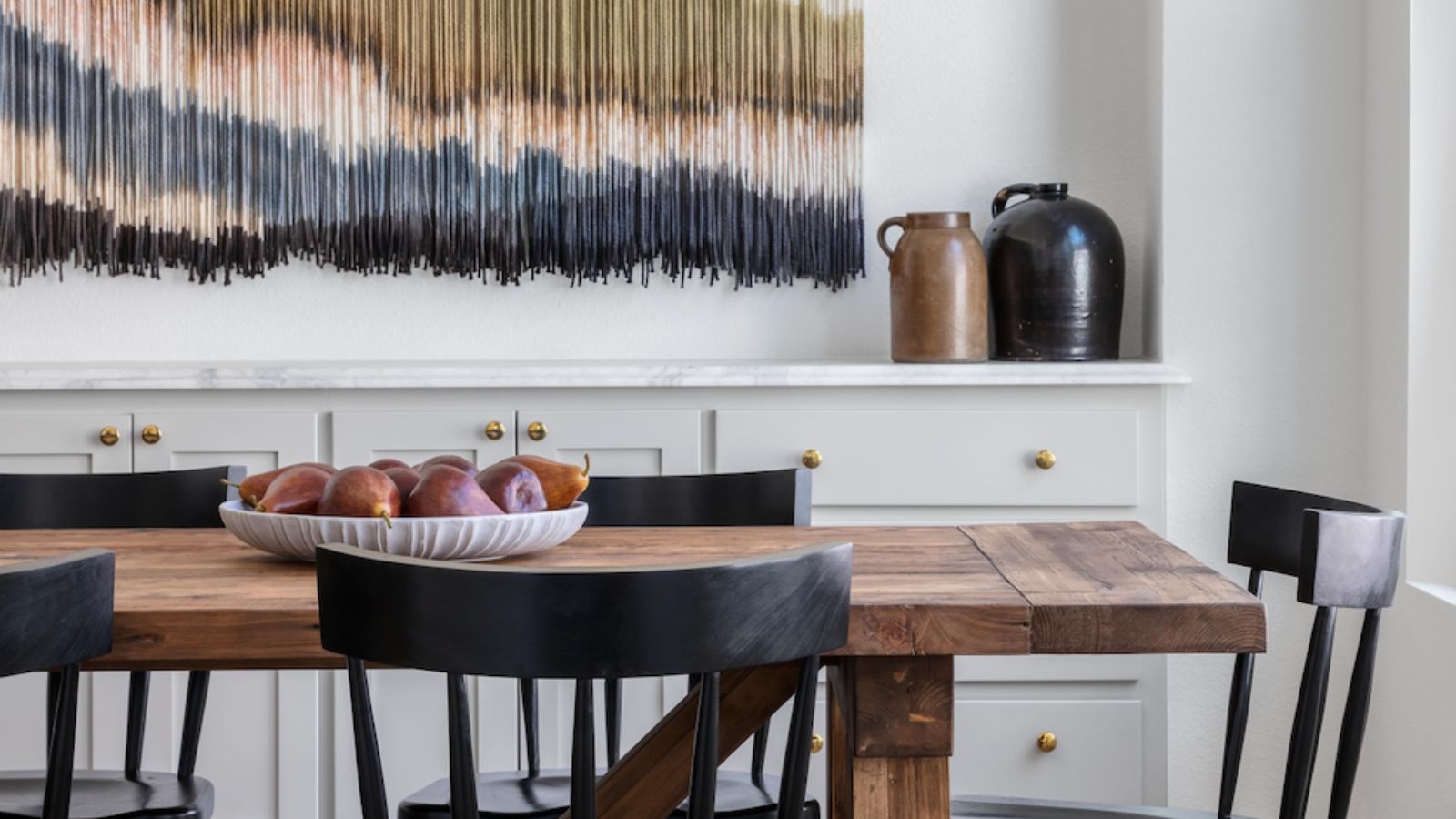 How the 'ODT' method can help you to tackle your overwhelming decluttering checklist – and streamline the process from start to finish
How the 'ODT' method can help you to tackle your overwhelming decluttering checklist – and streamline the process from start to finishAvoid 'analysis paralysis' and tick off tasks quickly and easily by making just one decision at a time
By Ottilie Blackhall Published
